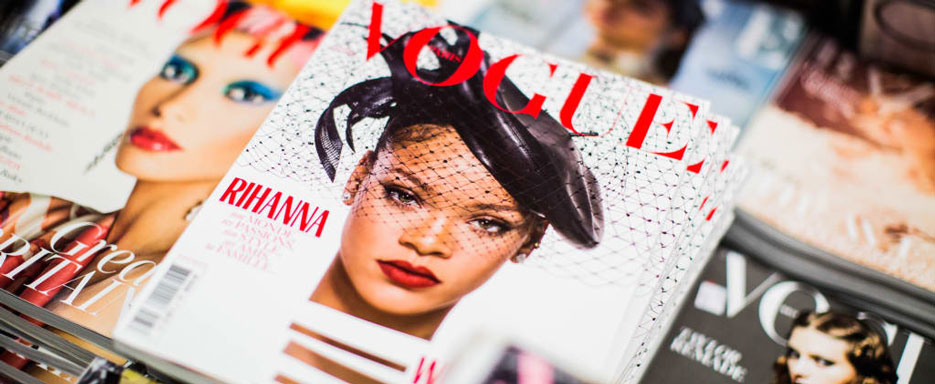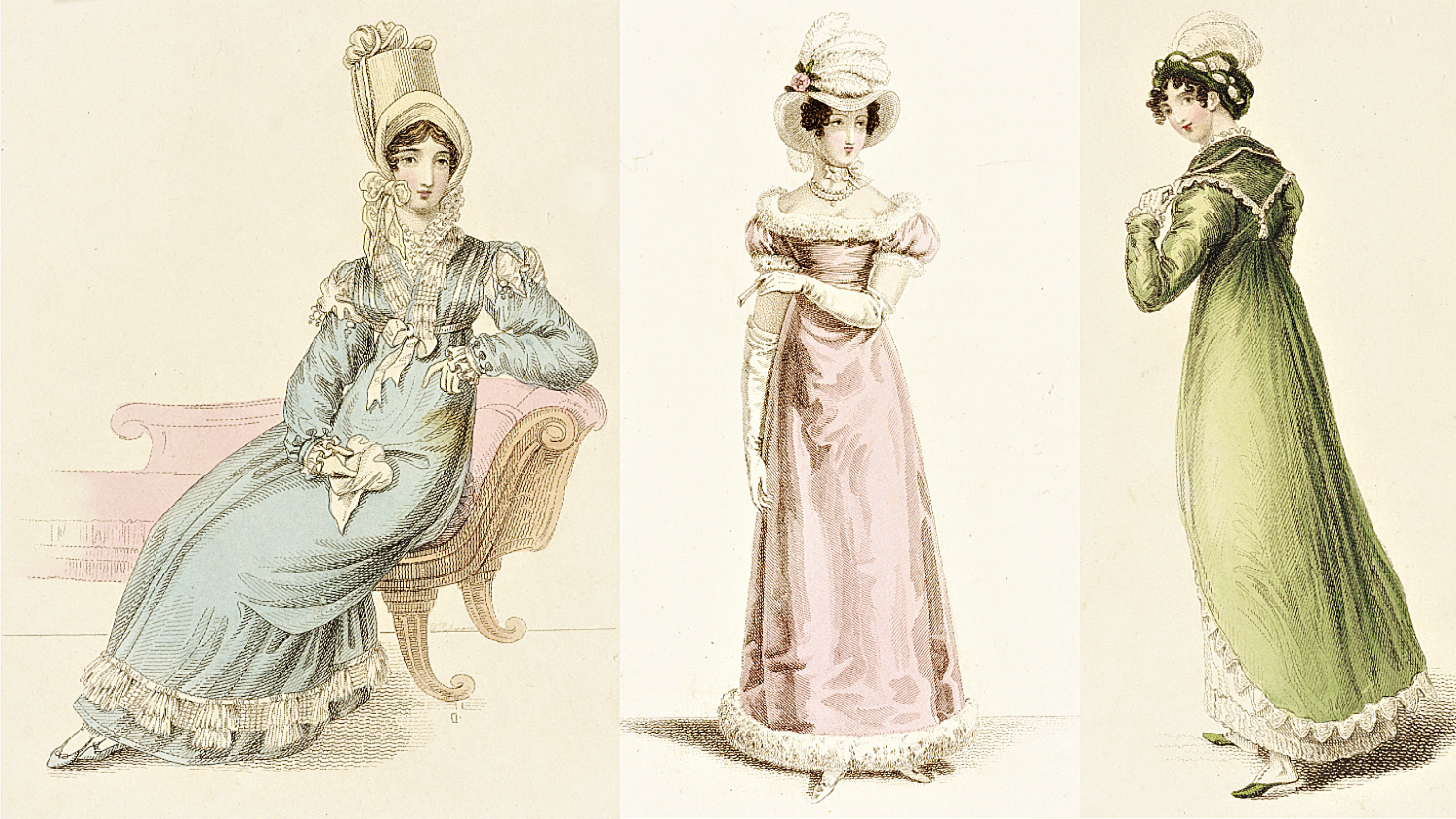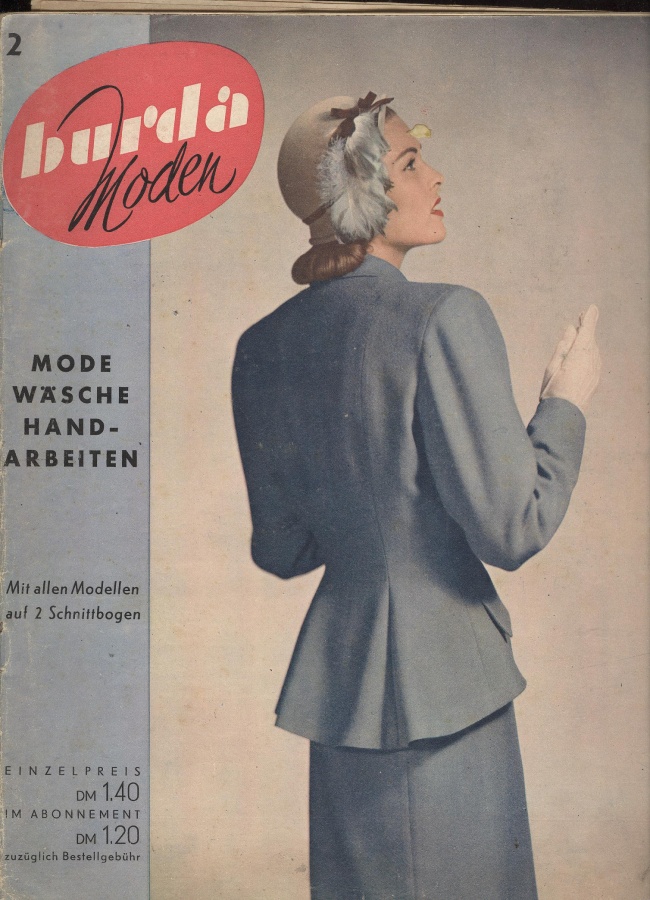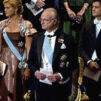
Vogue, Vanity Fair, L’Officiel… it’s difficult to find a person who would not have heard these names and would not have hold in their hands at least one printed edition about fashion or read it online. The long history of fashion publications goes back more than one century and, therefore, of course, has undergone many modifications. The question of what awaits printed fashion publications can in some sense be compared with books. It’s hard to imagine that this format will ever disappear altogether because many people still appreciate that pleasant opportunity to open a new edition, turn real pages, smell the paper and ink. We can’t foresee the future, but instead, let’s take a look at how fashion publishing history began and remember its most exciting moments.
Although fashion magazines eventually became the most common and accessible way to get acquainted with fashion trends, it all began earlier, around the 16th century. In Spain, they began to create the so-called recommendation books with illustrations and instructions on how to sew clothes. The creation of such books took a lot of time and effort, it did not catch on, but the demand for fashion advice remained. Therefore, in 1672, the first edition of Mercure Galant appeared in France, which printed fashion reviews and news about social events. Interestingly, the size of such a “magazine” was about one-eighth of the format we are accustomed to today.

Gradually fashion magazines began to appear all over Europe. The first editions were printed on yellow and rough paper, and the pictures in them were simply drawn. A new surge in popularity occurred in the 18th century, when, in response to the huge interest of the public, the fashion market began to form, new ideas and names were born. “Journal des Luxus und der Moden” is published in Germany, “The Lady’s Magazine” and “Gallery of Fashion” – in England, and fashion magazines “Galerie des modes et costumes français,” “Journal des Dames et des Modes” and” Cabinet des modes ou les modes nouvelles” saw the world in France.
In the 19th century, rotary printing and photography were invented, which allowed publications to become more accessible. Individual sewing machines also became ubiquitous. Women’s magazines were replete with colorful instructions for creating clothing and making accessories. At the end of the 19th century, the printed business began close cooperation with famous couturiers. The most popular magazines of this century were La Mode, Harper’s Bazaar, Cosmopolitan, Ladies’ Home Journal, and Vogue.
An interesting fact: Cosmopolitan magazine used to be a literary magazine for about 50 years. And only in 1965, Helen Gurley Brown, who took over as its editor after William Randolph Hirst, was able to return the magazine’s theme to an exclusively female fashion trend. Also, many things happened for the first time thanks to Vogue magazine, the first issue of which came out in December 1892. For example, the first ad for luxury brands first appeared in 1916 Vogue. Also, the first color photograph also appeared on the cover of this magazine in 1932. The magazine captivated the attention of fashionistas thanks to materials on high society, reviews of literary novelties, art exhibitions, music concerts, theatrical performances, as well as articles on fashion and style.
During the First World War, the delivery of Vogue magazine to Europe stopped. Therefore, in 1916, Condé Nast released a British version of Vogue, and in 1920, a French version appeared. France launched its own magazines Marie-Claire and L’Officiel, the latter in 1938 prints the first color photographs, finally replacing illustrations. Photography becomes a separate concept, occupying a page or even a spread, and the first divas such as Marilyn Monroe and Audrey Hepburn appear in publications.
 After the difficult years of the war, life in the United States and Europe gradually returned to normal, which was reflected in fashion magazines. In 1950, the legendary Burda magazine was published in Germany, which became popular thanks to Anne Burda’s creativity. In post-war Germany, there was a severe shortage, including ready-made clothing. Therefore, Burda provided readers with new design trends and sewing patterns, which became real know-how. In the 50s, the spirit of rebellion began to gain momentum in the United States. The sexual revolution flourished, mini skirts came into fashion, and the first issue of Playboy came out with Marilyn Monroe on the cover. In the 60s, Vogue hosted Twiggy as the model, which gave rise to the era of supermodels.
After the difficult years of the war, life in the United States and Europe gradually returned to normal, which was reflected in fashion magazines. In 1950, the legendary Burda magazine was published in Germany, which became popular thanks to Anne Burda’s creativity. In post-war Germany, there was a severe shortage, including ready-made clothing. Therefore, Burda provided readers with new design trends and sewing patterns, which became real know-how. In the 50s, the spirit of rebellion began to gain momentum in the United States. The sexual revolution flourished, mini skirts came into fashion, and the first issue of Playboy came out with Marilyn Monroe on the cover. In the 60s, Vogue hosted Twiggy as the model, which gave rise to the era of supermodels.
The advertisement of brands and certain standards was increasingly appearing on the pages of magazines, which forced women from all over the world to take care of their appearance and try to bring it to perfection. Cindy Crawford, Linda Evangelista, Naomi Campbell – these and other supermodels were constantly on the catwalks and magazine covers in the 80s. In the 1990s, publications were overtaken by “heroin chic,” Kate Moss, and rave.
The new 21st century began with contrasting glamor and gothic styles. With the development of technologies, the quality of images and their “perfection” has also increased. Nowadays, the fashion gloss has ceased to exist only in paper form – today every printing industry giant offers readers an electronic subscription. Besides, fashion publications are facing new competitors, such as social networks and bloggers, with the help of which the latest materials and trends become available to a wide audience for free. It’s quite possible that very soon printed editions will be published in small overheads and become a niche phenomenon. However, freedom of choice should remain, and we certainly will not be left without news about our beloved fashion world.





